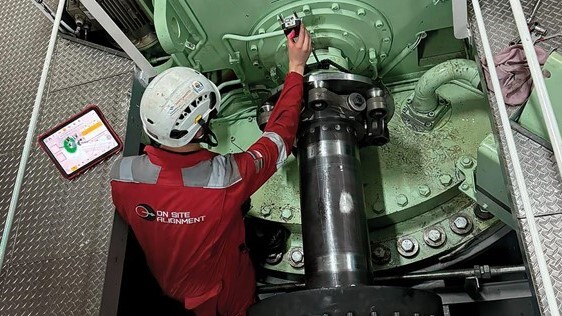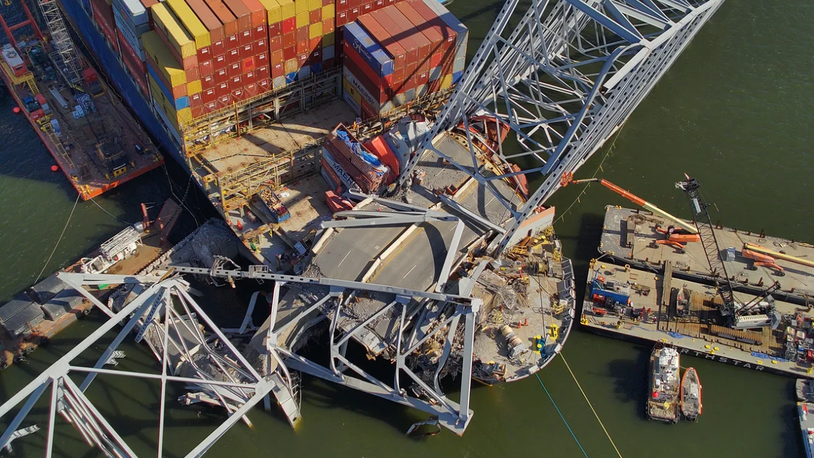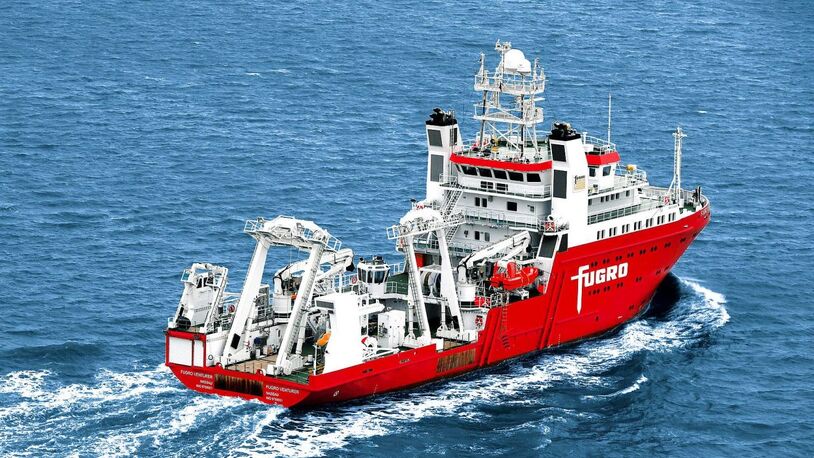Business Sectors
Events
Contents
User interface is key to growing document complexity
Management systems are aiming for simplicity, despite an expanding need for interaction within and between companies
Management systems are aiming for simplicity, despite an expanding need for interaction within and between companies
After a six month tendering and evaluation process, Stolt Tankers chose the fleet management software solution that it felt offered complete functionality, a superior technological platform and an intuitive user interface. The BASSnet 2.6 system, to be implemented on 76 vessels and four satellite offices, offers integrated management of ships’ planned maintenance, purchasing and e-commerce, accounting, payroll, crew details, document control and safety.
It was a difficult choice, says Peter Koenders, chief information officer of Stolt-Nielsen. “The fact that BASSnet is fully developed on up-to-date technology – Microsoft.Net – was important to Stolt. It provides us with a platform for the future so that we can avoid repeating such projects across the fleet later. It also has one of the most comprehensive databases in the industry – enabling us to view and analyse our operations from different angles for improved decision support and performance.” Implementation is expected to be complete by 2011.
For Adonis Violaris, group marketing and communications director at Bernhard Schulte Shipmanagement in Cyprus, document systems available on the web are advantageous. “Any software solution saves time and costs over a purely paper system. However, electronic documents in Word, Excel or even PDF formats offer similar savings and can be hosted on a web platform without need of any other safety management software,” he said.
Mr Violaris believes that software solutions are becoming more comprehensive but this is, perhaps, at the cost of user friendliness. He hopes that software developers will provide embedded links from within a document that can be used to open another related document or run a program such as a video or presentation.
For Patrick Slesinger, director and chief information officer of Wallem Innovative Solutions, using a software system to close the update cycle by automating notification of when hard copy manuals have been updated on a vessel is an area of development planned by the Wallem Group. This shipmanagement company has its own in-house document management solution developed by its business processing facility in the Philippines, and the aim is to increase the granularity of change so that whole pages and sections do not need to be sent out for small changes.
Mr Slesinger also aims to make the most of technologies such as broadband as they become increasingly available, while technologies on vessels managed by Wallem still vary. “We have to be able to work with the lowest common denominator. We cannot have different processes for different ships; the core, underlying ones have to be the same across the fleet,” he said.
Alaska Tanker Co has begun implementation of the newest release of Docmap’s document control system, Docmap Marine Suite 6.5. The company is responsible for transporting crude oil along the sensitive and highly regulated west coast of North America, and despite an impressive safety record, the system is part of a continuous improvement programme.
Docmap was chosen for the ease and speed of making updates to the office system by management and the reliability of ship/shore synchronisation.
Docmap offers an Internet Explorer interface that can be customised and made available as a server-based application. The software provides integrated links between documents. “For example, if an accident occurs, we can register it and then make a connection to another document in the system, such as a procedure that was not followed,” says Duncan John Harwood, key account manager at Docmap.
The system has search and extended search facilities that cover any word in the documents. Different people in an organisation can be grouped by function, eg, ship masters, so that information can be dispersed and tasks allocated as needed. Future system development will focus on risk assessment functionality.
Bash Sarkar, fleet safety superintendent for Valles Steamship of Canada, is a Docmap customer who values the ease of document control that the system provides, along with the search functions for procedures, the ability to publish procedures separately for separate geographic regions and the functionality of change notifications and read receipts. Mr Sarkar looks to seamless integration with other electronic systems, such as planned maintenance and training systems in the future.
“These are created by different vendors and none is willing to share too much information with others, making this a stalemate,” he says. “We certainly hope that, for the benefit of the consumers, companies would come together under a forum (as exists in various industries) and resolve these kinks.”
K Line LNG Shipping (UK) chose to replace its safety and document management solutions with the ShipNet system. K Line’s decision was based on finding a provider which could cover all its safety reporting and document management requirements, combined with user friendly functionality and reliable replication ship to shore.
According to Geoff Whitelaw, general manager at K Line LNG Shipping, “We recognised the need for a more efficient means of distributing, controlling and monitoring our SMS systems. After receiving presentations from most leading marine software suppliers, we decided that the system offered by ShipNet was the best to meet our needs. We are extremely pleased with the progress and support we have received from the company in initiating our system.”
Neill Tomlin, managing director of ShipNet, claims that the company’s system is distinguished from others by its simplicity and low cost. “The principle is different to what everybody else has done,” he says. “All in-house developers and competitors have created specific elements or applications that undertake non-conformity and other reporting, or audit inspections.
“We saw that the requirements, and more importantly, the interpretation of the requirements, by customers were very varied… so we built a toolset which allows us, with no programming, to configure a system effectively, which comes from a baseline best practice and then can be adjusted to meet a customer’s requirements.”
ShipNet is designed to ensure that information is entered only once and that the power of the system is in the routing and statistical reporting, says Mr Tomlin. “Our successes are with companies such as Maersk, which have very strict procedures and very high standards.” ShipNet is also designed to communicate information between multiple parties. For example, K Line and some of its charterers are ShipNet users, so information can be distributed automatically between them.
SpecTec has expanded its system education by holding a seminar to present the Amos2 business suite at Korea Maritime University in January. Partnership deals are expected to be agreed in the near future. “Ship operators need to be in control of the information they have at their finger tips,” says Matthew Hodkinson, business development director at SpecTec.
“They must know what is happening on ships and do this in such a way that does not smack of overbearing oversight. In short, the system needs to provide transparency without interference.” Mr Hodkinson believes that in safety and business risk management there is an increasing need to consider the overall interconnectivity of the logistics chain.
The Amos system has a standards module based on a philosophy of functional hierarchy, designed to tackle complex management systems and legislative requirements. “We map within Amos between the requirement, such as ISM, ISPS, Marpol and so on, to the procedure, to the work instruction, to the work history and down to the checklist. In this way, companies are able to reduce down the size of their management system and make use of this to provide a ‘live mapping’ between the requirements and the records, providing an instant view to auditors and regulators,” says Mr Hodkinson.
“The current approach of most companies is to take the entire process of reporting, investigating and closing an accident, as well as non-conformity and other aspects; teach this to the end user; then go through the process of coaching them when things go wrong – if indeed the error is caught,” he continues.
“What we do in Amos is to automate security and visibility so the master or junior officer only sees the options. They can, of course, view the entire process in flow chart form but what previously took many pages of description, boils down to ‘just follow Amos’,” he said. MEC
Related to this Story
Events
Maritime Environmental Protection Webinar Week
Cyber & Vessel Security Webinar Week
The illusion of safety: what we're getting wrong about crews, tech, and fatigue
Responsible Ship Recycling Forum 2025
© 2024 Riviera Maritime Media Ltd.













